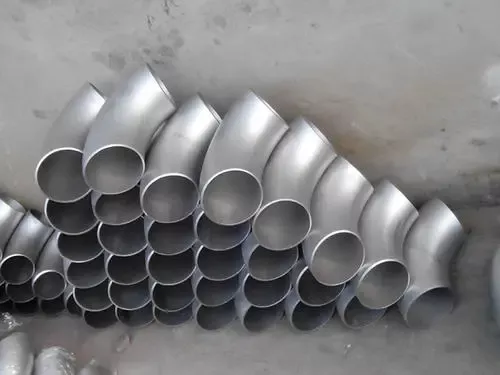Generally speaking, it can be installed at any position in the pipeline, but it needs to be tested and easy to manipulate. Attention should be paid to the height of the stainless steel elbow in the direction of the medium flow, and the longitudinal disc should only be installed horizontally below the stainless steel elbow. Stainless steel ball valves, globe valves, and gate valves with stainless steel pipe elbows, when used for fully open or fully closed, are not allowed to adjust the flow rate to avoid erosion of the sealing surface and accelerated wear. At the door and thread with the shut-off valve sealing device, the handwheel rotates to the best of the user's welcome. Stainless steel elbows are mainly made of different materials from carbon steel elbows, and their chemical composition will maintain their important performance and operational value in practical use. There are many things to pay attention to when using and maintaining stainless steel elbows, and users need to use and maintain them accurately and reasonably according to the method determined by a wear-resistant composite steel plate. Stainless steel elbows will not cause corrosion, pitting, corrosion, or wear. Stainless steel is used for metal materials in one of the countries with the highest material strength. Due to its excellent corrosion resistance, stainless steel can permanently maintain the integrity of structural components in engineering design. Chromium stainless steel stamped elbows also have high mechanical strength and scalability, and are easy to process and manufacture parts, which can meet the needs of architects and structural designers. The stainless steel elbow electrode of the application should be kept dry. When using titanium calcium type, it should be dried at 150 ℃ after 1 hour, and low hydrogen type should be dried at 200-250 ℃ after 1 hour (cannot be dried repeatedly, otherwise the coating is prone to cracking and peeling), to prevent covering with viscous oil and other dirt, and to avoid increasing the carbon content of the weld seam, which affects the quality of the welded part.

